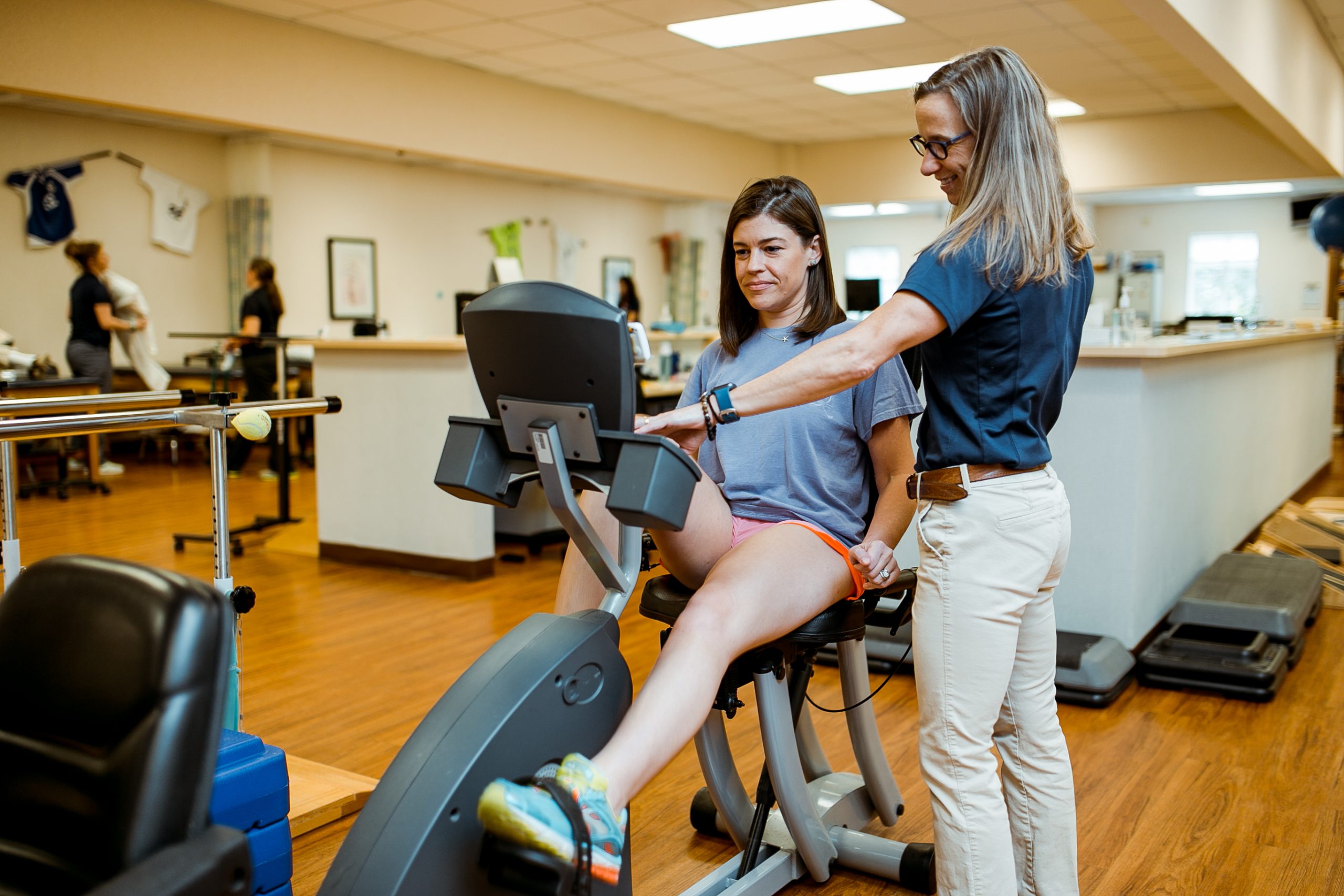Supporting Recuperation With Personalized Exercise Strategies in Rehabilitation Practices
Wiki Article
Rehabilitation is an essential process for patients who have experienced injuries, or other medical challenges. Rehabilitation initiatives play a crucial role in supporting these individuals to restore their strength, enhance movement, and return to their routine activities. Customized fitness planning is a key component of successful rehabilitation. This means that exercises are carefully designed to address the unique needs of each person. By concentrating on personalized exercise plans, recovery programs can enhance healing and promote improved health outcomes.
One of the initial steps in creating a tailored fitness program is evaluating the individual’s status. Healthcare practitioners perform assessments to understand the particular limitations and capabilities of each individual. This might include functional assessments, discussions about health background, and objectives for recovery. For example, an sportsperson recovering from a leg injury may have distinct needs than an elderly individual recovering from joint operation. By recognizing these variations, practitioners can design an exercise program that targets the unique factors of each situation.

Integrating various forms of workouts is essential for effective rehabilitation. Resistance training , flexibility routines, and browse around this site cardiovascular activities all serve important functions in recovery. Resistance training helps restore muscle and improve stamina, which is especially critical after long durations of inactivity. Flexibility exercises increase range of motion and prevent rigidity in articulations. Cardiovascular workouts, like walking or cycling, boost general fitness and support cardiac function. A well-rounded exercise program that incorporates all these elements can greatly assist in the recovery process.
Monitoring advancement is another critical element of rehabilitation programs with customized fitness prescriptions. As individuals participate in their customized programs, medical professionals track gains and implement necessary adjustments to the plan. This continuous evaluation guarantees that the exercises remain beneficial and appropriate as the individual advances. Setting specific benchmarks can also encourage individuals during their recovery journey. Reaching incremental objectives boosts confidence and encourages commitment in adhering with the rehabilitation program.
In the end, improving rehabilitation through tailored exercise prescription requires collaboration between healthcare practitioners and patients participating in rehabilitation. Open communication is essential to recognizing how each individual responds throughout their recovery process. navigate here By working together, both parties can address any obstacles and acknowledge successes along the way. Tailored rehabilitation programs not only assist patients recover physiologically but also add to their mental well-being by instilling a sense of achievement and independence as they work towards their wellness objectives.